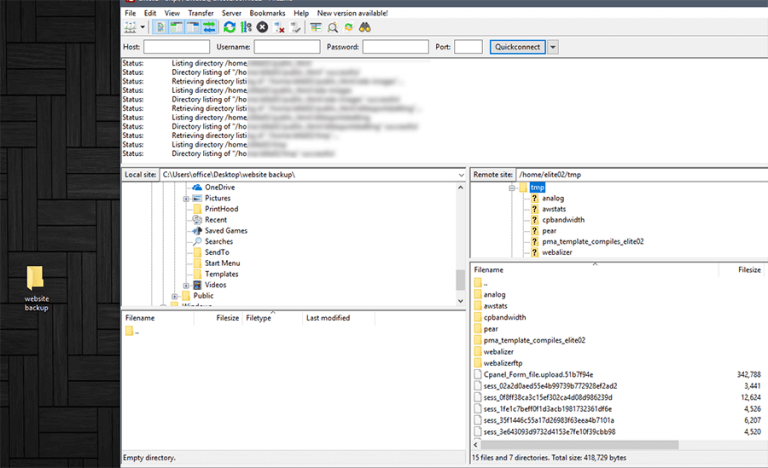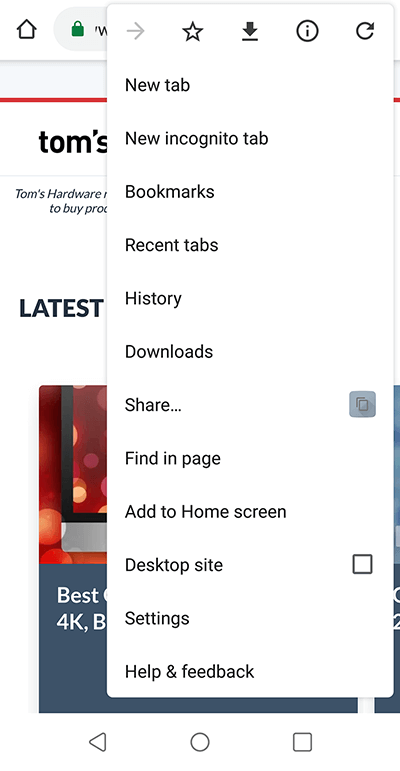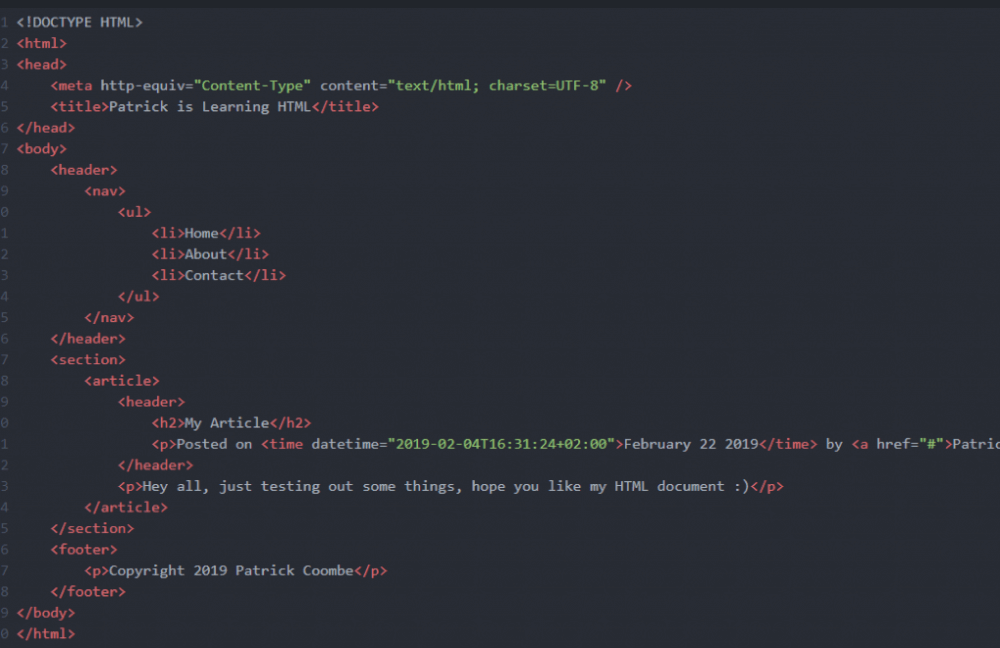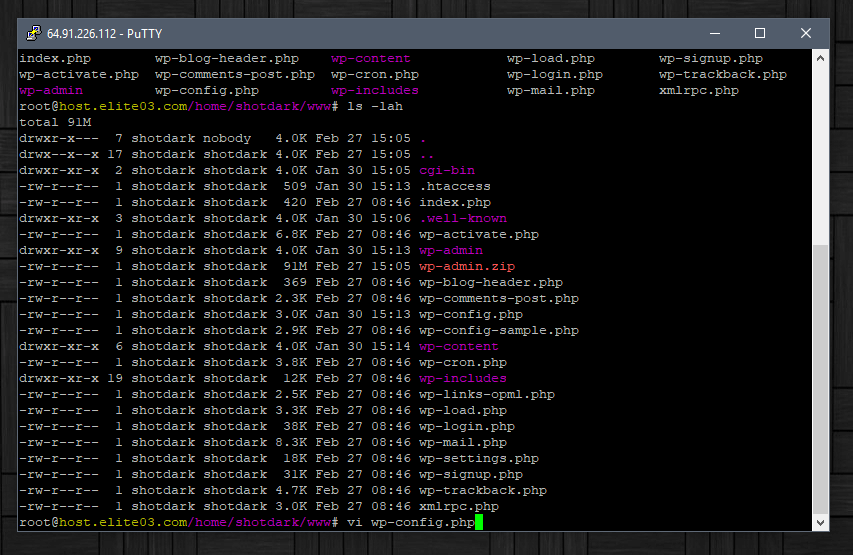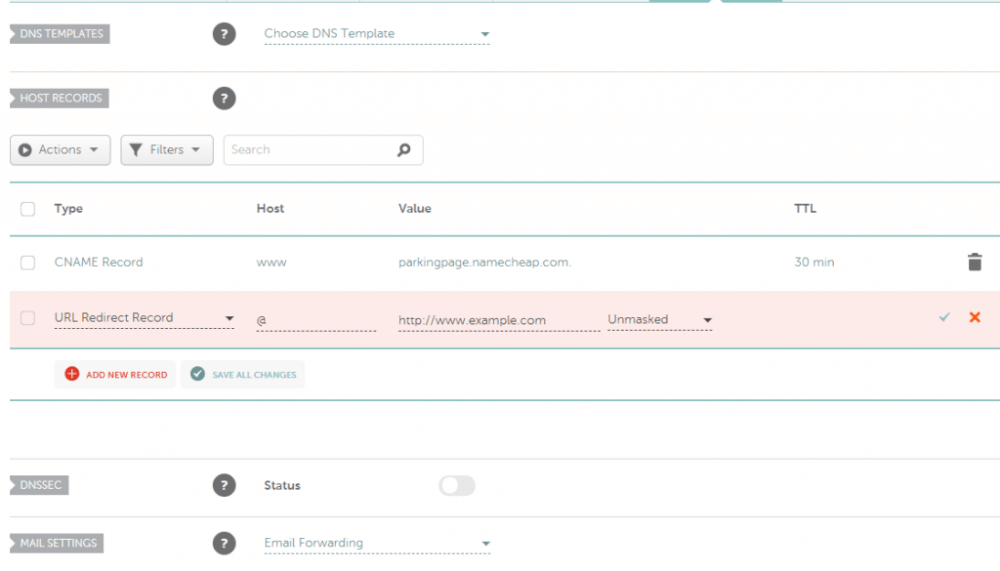Congratulations on your journey to learning SEO! SEO is fun and rewarding, but it can be a huge challenge. There is a giant skill gap in this industry. There are people that picked up a book yesterday about SEO that know nothing, and SEO’s that are doctors that do patent research on Google’s algorithm for fun in their spare time.
Raven Tools has recently published an exhaustive guide on learning SEO, and I’ve written a 23 part guide on just on-page SEO. Before you even think about diving in and learning about scrapers, crawlers, and backlinks you need to learn the prerequisites to learning SEO.
Don’t get discouraged, you don’t need to master everything listed below, but it is highly advised you have a basic understanding. So let’s go!
Knowledge of Computers
This may sound kind of obvious, but you wouldn’t believe how many people do not have basic knowledge of computers. I’m talking about:
- creating a new folder
- moving a file from one folder to another
- renaming a folder
- seeing an applications properties
- uninstalling an application
- text editors
It also helps to know your way around a basic FTP client such as Filezilla, that is if you want to be able to put files on the web:
I really can’t stress enough the importance of this. I’ve interviewed SEO’s who state they have 3-5 years of experience but cannot upload a file from their computer to a web server.
Knowledge of Web Browsers
Absolutely a necessity. This means:
- managing browser tabs
- private windows / incognito
- the difference between Firefox / Chrome / Safari and other browsers
- extensions & addons
It also helps to learn a few specific extensions such as uBlock origin, Wappalyzer, etc.
Mobile Devices
You should know your way around an Android and an iPhone at least the basics. Why is this important? Something like 1/2 of the web’s traffic these days is mobile so it is important to know how people interface with the web on mobile devices.
- different resolutions on different devices (a large iPad screen vs a small Android)
- mobile web browsers
- Google Now App
- Siri / Google Voice
- how to take a photo and share it on social media
- “the web” vs “an app”
Basic HTML Knowledge
At the very least you should be able to read HTML but ideally, you should be able to read HTML, write it from scratch, and make edits to existing HTML.
- bold, italic and underline tags
- h1-h6 tags
- title and meta tags are the staples of many on-page SEO guides
- the “a” tag (what links pages and sites together)
- the div tag
- the “p” and “br” tags
You should be able to write an HTML snippet and read someone else’s. At the very least you should know how to look it up.
You can use places like Codecademy or Udemy to learn HTML, but there are tons of ways of learning HTML for free. My personal favorite way is to just load up a text editor, write some HTML, then open it in Chrome. One of my top resources even to this day is W3 schools for both HTML and CSS.
CSS and JavaScript Experience
CSS is what makes HTML beautiful. It is what styles an HTML tag. You don’t need to be an expert in CSS but I’d recommend you learn the following:
- classes
- ID’s
- and basic syntax
Once you learn classes, ID’s and basic syntax everything else you can look up. For JavaScript, it is recommended you at least know how to identify when JavaScript is being used within a document, how JS is called, and some basic syntax.
Knowledge of Linux
Googlebot spends all day crawling through Linux servers, so it only makes sense that you learn a tidbit about Linux.
- how to read a server log
- how to view files in Linux
- how to edit files in Linux
- how to login to a server via SSH
- how to move files around in Linux
Learning a little bit goes a long way. It will also look like you really know what you are doing if you are in SSH shuffling files around 🙂 If you want to get a small Linux server spun up the cheapest and fastest way to do that is via vultr.com. If you prefer a more structured approach I’d recommend udemy or codecademy.
WordPress & Shopify
I’m singling these 2 frameworks out because they are extremely popular for SEO’s these days. A huge chunk of the web runs of WordPress and Shopify, probably over 40% of the web. Learning WordPress is extremely easy, mastering it can take years. At the very least you should know how to:
- make a new blog post and page
- edit and play with widgets
- make new users
- moderate comments
- add and edit images
The best way to learn WordPress and Shopify is to jump right in.
Bonus: If you are looking to get even more experience you should learn about other web frameworks (even the shoddy ones) like Godaddy Site builder, Wix, Weebly and Magento.
Basic Image Editing
Some might argue with me on this, but I really think it is essential to know how to edit an image in Photoshop. If you are in the business of editing websites, and you need to resize or rework an image, it helps to have some knowledge of Photoshop. Quick things like:
- editing a logo
- changing the background color in an image
- quick photography edits
- making a featured image for a blog
- and much more
In 2016 I committed to learning Photoshop by making 1 new image every day, using 1 new technique every day. Now 90% of the time I don’t need to ask my graphic designer to make changes when working on websites.
cPanel Knowledge
It is really good to have knowledge of cPanel and other popular hosting interfaces. cPanel makes it easy to perform day to day tasks. Stuff like:
- changing your password in WordPress
- making an “info@example.com” email
- changing DNS zones
- looking at web server logs
- taking a backup of your site
- adding subdomains
…are very important parts of SEO. They might not be used every day, but when it comes time to perform one of these tasks, its really helpful to know these tools. There are other web control panels other than cPanel but cPanel is the most popular.
If you don’t have access to cPanel spend $3 dollars and get a shared hosting account. Make yourself a WordPress site and play around.
Knowledge of DNS
This is when things start to get really confusing, but I really think knowledge of DNS is vital. When you register a domain name at Namecheap or Godaddy, it needs to get “pointed” somewhere. You can do this by changing the nameservers, or editing the “A” record in the DNS zone entry. This is so the domain registrar knows where to point the hosting to (Hostgator, Liquid Web, Known Host, etc).
The easiest way to learn about DNS basics is to register a new domain and learn how to point it to your hosting. Try to do it both ways either via nameserver or via A record IP.
If you’ve mastered all these prerequisites make sure you have:
- solid grammar / a good understanding of English or whatever language you are working with
- basic math I would say at least high school grade math for a Jr SEO
- good typing skills (you may need to write some content)
- good people skills – you are going to be talking to a lot of people
- a raw text editor vs Word
- Excel, Google Sheets
The best way to learn SEO is to just do it. Buy a domain, get some hosting, make a website, get it ranking….or even get it penalized.
If you have any questions be sure to hit me up on Twitter at @pmkoom or @JeremyRiveraSEO Jeremy Director of SEO for Raven 🙂

Analyze over 20 different technical SEO issues and create to-do lists for your team while sending error reports to your client.




